Lost in the funhouse summary – In John Barth’s acclaimed short story, “Lost in the Funhouse,” we embark on a mesmerizing journey that explores the complexities of memory, identity, and the nature of storytelling itself. The protagonist, Ambrose, finds himself navigating a labyrinthine funhouse, where each twist and turn unveils a profound reflection on his past, present, and future.
Through its intricate narrative, rich symbolism, and thought-provoking themes, “Lost in the Funhouse” invites readers to question the boundaries between reality and imagination, the reliability of memory, and the elusive nature of the self.
Narrative Overview

In “Lost in the Funhouse,” John Barth narrates the tale of Ambrose, a precocious teenager grappling with existential uncertainties as he navigates the labyrinthine corridors of a funhouse at a seaside amusement park.
Ambrose’s journey unfolds as a series of increasingly surreal encounters, each mirroring his internal struggles. From the perplexing mirrors that distort his reflection to the disorienting Hall of Mirrors, the funhouse becomes a metaphor for the complexities of adolescence, the uncertainties of identity, and the search for meaning in a world that often seems incomprehensible.
Significant Events and Turning Points
- Ambrose’s initial excitement at the prospect of exploring the funhouse turns into unease as he realizes its disorienting nature.
- His encounter with a young girl named Maggie, who seems to understand his existential angst, provides a brief respite.
- Ambrose’s confrontation with his own mortality in the Hall of Mirrors becomes a pivotal moment of self-realization.
- His eventual escape from the funhouse, symbolized by his emergence into the bright sunlight, represents his acceptance of the complexities of life and his own place within it.
Themes and Symbolism
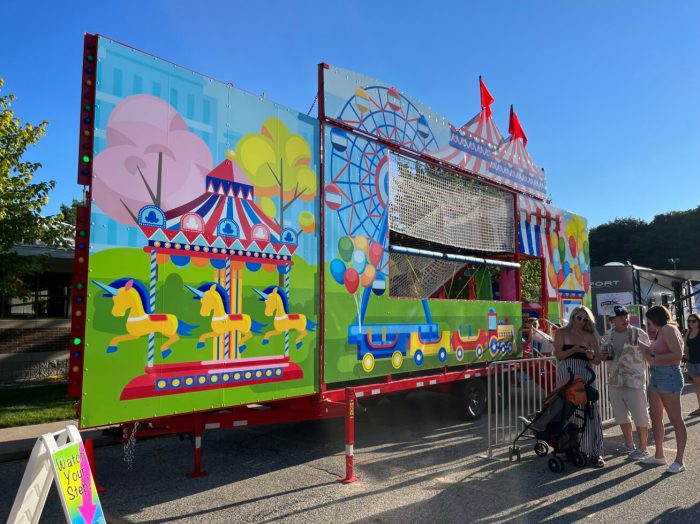
Lost in the Funhouse explores several complex themes, including the nature of reality, the power of imagination, and the search for identity. The story also employs a rich array of symbols and imagery, which contribute to its overall meaning and impact.
Symbolism and Imagery
One of the most striking features of “Lost in the Funhouse” is its use of symbolism and imagery. The funhouse itself is a symbol of the protagonist’s mind, a labyrinthine and confusing place where reality and imagination blur. The mirrors in the funhouse represent the protagonist’s fragmented self, and the distorted reflections they create symbolize his struggle to find a stable identity.
Other symbols in the story include the Minotaur, which represents the protagonist’s inner demons, and the Laughing Man, who represents the protagonist’s fear of insanity.
Characters and Relationships: Lost In The Funhouse Summary
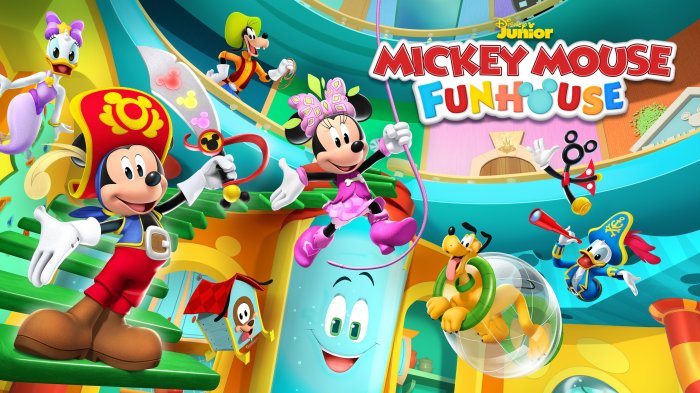
Lost in the Funhouse delves into the intricate relationships between characters, exploring their motivations and the impact they have on the narrative.
The Protagonist: Neil Klugman
Neil Klugman, a young boy on the cusp of adolescence, serves as the protagonist of the story. His journey through the funhouse becomes a metaphor for his transition from childhood to adulthood. Neil’s desire for independence and a sense of control drives him to navigate the confusing and often surreal world of the funhouse.
Relationships with Other Characters
Neil’s interactions with other characters, including his parents, his cousin Emily, and the enigmatic Laughing Man, shape his experiences and understanding of the world. His relationship with his parents is strained, as he struggles to assert his independence while still seeking their approval.
Emily, on the other hand, provides a sense of comfort and familiarity, representing the safety and innocence of childhood.
The Laughing Man
The enigmatic Laughing Man, with his infectious laughter and unsettling demeanor, plays a pivotal role in Neil’s journey. He embodies the chaos and unpredictability of adolescence, forcing Neil to confront his own fears and uncertainties. Their interactions challenge Neil’s preconceptions and push him to question the nature of reality and identity.
Relationships and Narrative Shape
The relationships between Neil and other characters are central to the development of the narrative. Through these interactions, Neil grapples with issues of identity, autonomy, and the transition to adulthood. The funhouse itself becomes a symbol of this journey, representing the challenges and rewards of navigating a world that is both familiar and foreign.
In the enigmatic “Lost in the Funhouse” by John Barth, the protagonist’s bewildering experiences reflect the complexities of identity and perception. To further explore themes of transformation and self-discovery, consider delving into the AP Bio Unit 2 Progress Check , which delves into the fascinating processes of cellular reproduction and genetics.
This exploration will provide a unique perspective on the malleability of both biological and existential boundaries, echoing the enigmatic themes woven throughout Barth’s masterpiece.
Literary Devices
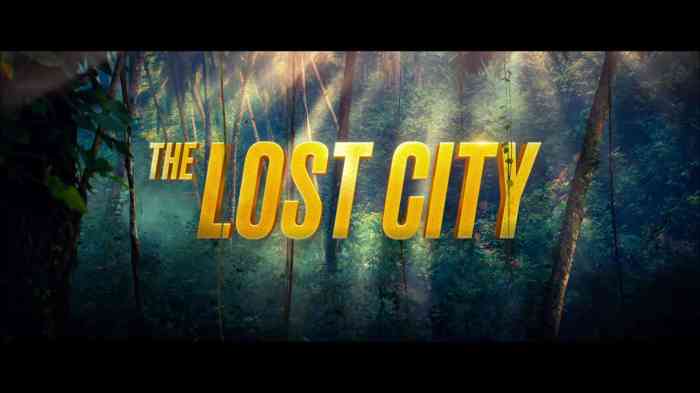
The story employs various literary devices to enhance the storytelling, immersing readers in the protagonist’s bewildering experiences.
Symbolism
Symbolism plays a crucial role in the story. The funhouse itself represents the protagonist’s journey through life, filled with unexpected twists and turns. The mirrors distort his perceptions, symbolizing the fragmented nature of his identity.
“The funhouse was a labyrinth of crystal and neon, a world of glittering surfaces and distorted reflections.”
Metaphor
Metaphors are used to create vivid imagery and convey abstract concepts. The protagonist’s feelings of isolation and alienation are likened to being “a fish out of water.”
“I felt like a fish out of water, gasping for breath in a world that seemed alien and hostile.”
Foreshadowing, Lost in the funhouse summary
Foreshadowing hints at events to come, building suspense and creating a sense of unease. The protagonist’s encounter with the fortune teller foreshadows his uncertain future.
“She peered into the crystal ball and whispered, ‘Your path is unclear, young man. Beware the labyrinth that lies ahead.'”
Historical and Cultural Context
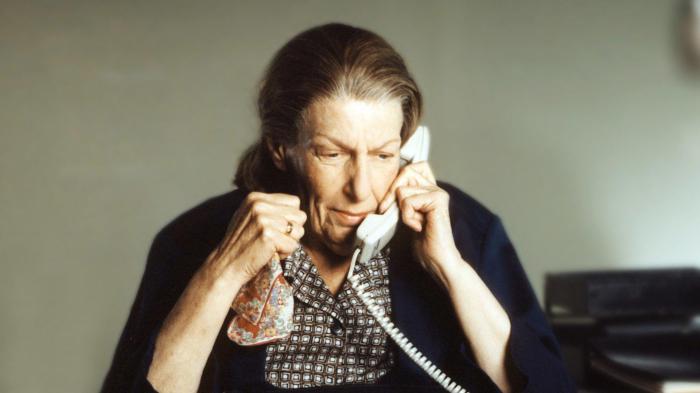
John Barth’s Lost in the Funhouseis a product of the post-World War II era, a time of great cultural and social change. The story reflects the anxieties and uncertainties of the period, as well as the rise of postmodernism and the decline of traditional values.
The story’s setting in a funhouse is a metaphor for the fragmented and disorienting nature of modern life. The characters are constantly lost and confused, both physically and emotionally. They are unable to find their way through the maze of mirrors and distorted images, just as people in the post-war era struggled to find their place in a rapidly changing world.
Postmodernism
Lost in the Funhouseis a prime example of postmodern literature. It rejects traditional notions of narrative, character, and theme, and instead embraces fragmentation, ambiguity, and self-reflexivity.
- The story is full of unreliable narrators, shifting perspectives, and multiple endings. This reflects the postmodern belief that there is no single, objective truth, and that all perspectives are equally valid.
- The story also features a number of self-referential elements, such as the character of Ambrose, who is a writer writing about a writer writing a story. This reflects the postmodern fascination with the nature of fiction and the relationship between the author and the reader.
Decline of Traditional Values
Lost in the Funhousealso reflects the decline of traditional values in the post-war era. The characters are all alienated and isolated, and they lack a sense of purpose or direction. They are adrift in a world that seems to have lost its meaning.
- The story’s setting in a funhouse is a symbol of the artificiality and superficiality of modern life. The characters are surrounded by bright lights, loud noises, and flashing images, but they are unable to find any real substance or meaning.
- The story’s ending is particularly bleak. The characters are left lost and alone in the funhouse, with no hope of escape. This reflects the postmodern belief that there is no easy way out of the modern world’s maze of confusion and despair.
Critical Reception
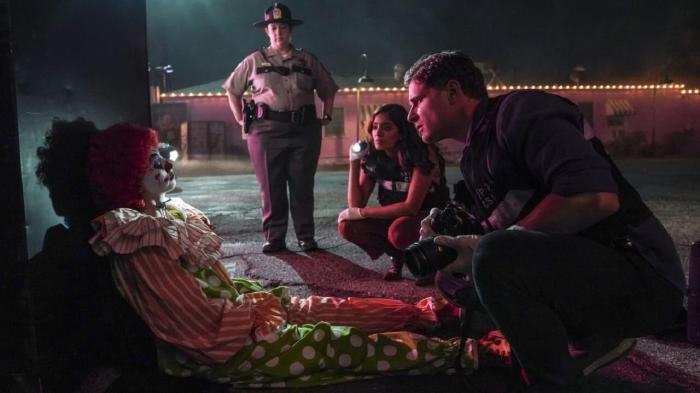
John Barth’s “Lost in the Funhouse” has garnered critical acclaim for its experimental form, complex themes, and profound insights. It has been praised for its innovative use of metafiction and its exploration of identity, perception, and the nature of storytelling.
Interpretations and Perspectives
Critics have offered diverse interpretations of the story. Some view it as a commentary on the postmodern condition, where individuals are lost in a labyrinth of fragmented narratives and uncertain identities. Others see it as a meditation on the act of reading itself, with the protagonist’s journey through the funhouse mirroring the reader’s journey through the text.
Some critics have also explored the story’s psychological dimension, suggesting that it delves into the protagonist’s inner turmoil and anxieties about his own identity and place in the world.
Critical Reviews and Analysis
- In a review for The New York Times, Michiko Kakutani called the story “a tour de force of postmodernist fiction” that “explores the nature of reality, perception, and the self.”
- Literary critic Harold Bloom praised the story’s “brilliant and audacious” use of metafiction, saying that it “challenges our most basic assumptions about what a story is and how it should be read.”
- In an essay on the story, scholar Patricia Waugh argues that it is a “self-reflexive meditation on the act of reading” that “explores the ways in which our own expectations and preconceptions shape our understanding of a text.”
Comparison to Other Works
Lost in the Funhouseshares similarities and differences with other works by John Barth, offering insights into his writing style, thematic preoccupations, and characterization techniques.
Style
Like many of Barth’s works, Lost in the Funhouseis characterized by its fragmented and nonlinear narrative structure, which reflects the protagonist’s disorientation and alienation. However, this story is more accessible and less experimental than some of Barth’s other works, such as The Sot-Weed Factor, which features an even more complex and digressive narrative.
Themes
Lost in the Funhouseexplores themes of identity, reality, and the nature of fiction, which are also central to Barth’s other works. However, the story presents these themes in a more personal and introspective way, focusing on the experiences of a single individual rather than the broader social and historical contexts explored in works like Giles Goat-Boy.
Characters
Barth’s characters are often complex and ambiguous, and Lost in the Funhouseis no exception. The protagonist, Ambrose, is a young boy who is both curious and vulnerable, seeking to make sense of his experiences and the world around him. His journey through the funhouse mirrors the challenges and uncertainties of growing up and navigating adolescence.
Influence and Legacy
“Lost in the Funhouse” has had a profound influence on contemporary literature, shaping the work of countless writers and inspiring new approaches to storytelling. Its innovative use of metafiction, unreliable narrators, and fragmented narratives has challenged traditional literary conventions and opened up new possibilities for literary expression.
Examples of Influenced Works
The influence of “Lost in the Funhouse” can be seen in a wide range of contemporary works, including:
- Gravity’s Rainbowby Thomas Pynchon: This postmodern masterpiece employs fragmented narratives, unreliable narrators, and a labyrinthine structure, echoing the techniques used in “Lost in the Funhouse.”
- The Crying of Lot 49by Thomas Pynchon: Another postmodern novel that explores themes of paranoia, conspiracy, and the unreliability of perception, similar to the themes found in “Lost in the Funhouse.”
- House of Leavesby Mark Z. Danielewski: This experimental novel uses multiple narrators, unreliable accounts, and nonlinear storytelling, creating a complex and disorienting reading experience reminiscent of “Lost in the Funhouse.”
These works demonstrate the lasting impact of “Lost in the Funhouse” on contemporary literature, inspiring writers to experiment with form and challenge traditional narrative structures.
Question & Answer Hub
What is the central theme of “Lost in the Funhouse”?
The story explores the themes of memory, identity, and the nature of storytelling.
How does Barth use symbolism in the story?
Barth uses the funhouse as a symbol of the protagonist’s journey through his memories and the labyrinthine nature of the human mind.
What is the significance of the ending of “Lost in the Funhouse”?
The ending is open to interpretation, but it suggests that the protagonist is ultimately lost in the labyrinth of his own memories and the complexities of his own identity.